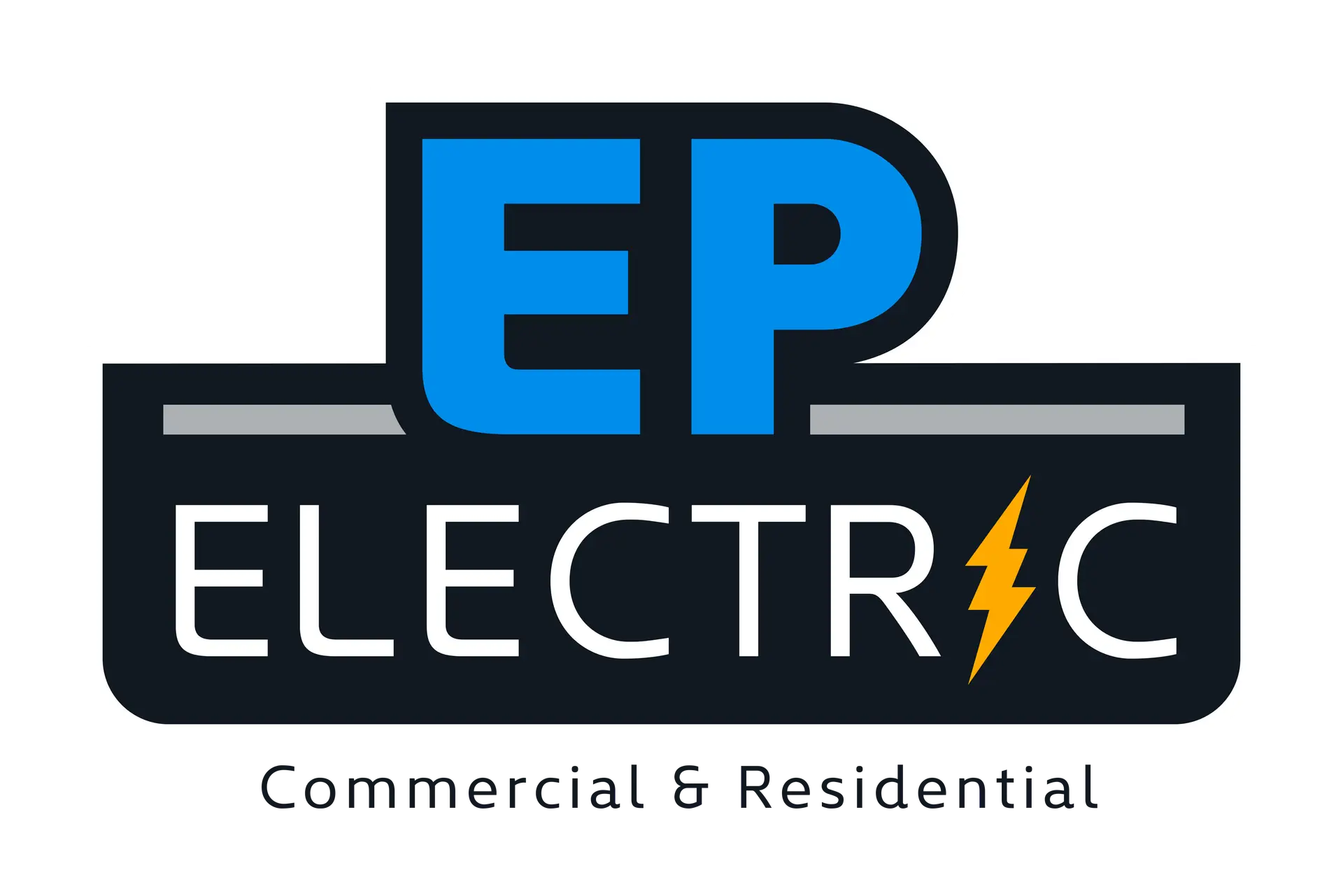Energy-Efficient Landscaping: Illuminating Your Outdoor Spaces with Eco-Friendly Lighting
In the realm of modern landscaping, the focus is not only on creating visually appealing outdoor spaces but also on doing so in an environmentally conscious manner. One significant aspect of achieving this balance is through the integration of energy-efficient lighting solutions. In this guide, we’ll explore the latest trends and strategies for illuminating your outdoor spaces with eco-friendly lighting.
1. The Rise of Energy-Efficient Landscape Lighting
With sustainability taking center stage in various aspects of our lives, it’s no surprise that landscaping is following suit. Energy-efficient landscape lighting is gaining popularity for its ability to enhance the beauty of outdoor areas while minimizing the environmental impact. LED (Light Emitting Diode) fixtures, in particular, have emerged as a frontrunner in the world of eco-friendly lighting.
2. Understanding the Benefits of Eco-Friendly Lighting
Before delving into the specifics, let’s highlight the numerous benefits of opting for eco-friendly lighting in your landscaping endeavors:
- Reduced Energy Consumption: Unlike traditional lighting sources, energy-efficient options consume significantly less electricity, contributing to lower energy bills and a reduced carbon footprint.
- Longevity: LED lights have a longer lifespan compared to traditional bulbs, reducing the frequency of replacements and the associated waste.
- Enhanced Efficiency: Eco-friendly lighting fixtures are designed to emit more light per watt, providing brighter illumination with less energy.
- Versatility: LED lights come in a variety of colors and designs, offering versatility in creating different atmospheres and moods in your outdoor spaces.
3. Solar-Powered Landscape Lighting Solutions
One of the most notable advancements in eco-friendly landscaping lighting is the widespread use of solar-powered fixtures. These lights harness energy from the sun during the day and use it to power the LEDs at night. This eliminates the need for traditional wiring, making installation more straightforward and cost-effective.
- Path Lights: Illuminate walkways, garden paths, and driveways with solar-powered path lights. These fixtures absorb sunlight during the day and automatically turn on at dusk, providing a safe and aesthetically pleasing way to navigate outdoor spaces.
- Accent Lights: Highlight key features of your landscaping, such as trees, sculptures, or architectural elements, with solar-powered accent lights. These fixtures add drama and visual interest to your outdoor environment without increasing your energy bill.
- String Lights: Create a warm and inviting atmosphere in your outdoor living spaces with solar-powered string lights. Whether draped across a patio or intertwined with foliage, these lights add a magical touch to evenings spent outdoors.
4. LED Fixtures for Energy-Efficient Landscaping
LEDs have become synonymous with energy efficiency and are now widely used in landscaping for various applications. Here are some ways to incorporate LED fixtures into your eco-friendly lighting plan:
- Spotlights: Use LED spotlights to accentuate specific features in your landscape, such as garden beds, architectural details, or water features. These fixtures are energy-efficient and emit a focused beam of light, minimizing light pollution.
- Deck and Patio Lighting: Enhance the usability of your outdoor living spaces with LED deck and patio lighting. These fixtures provide ambient lighting for gatherings while consuming less energy than traditional options.
- Color-Changing Lights: For a dynamic and customizable lighting experience, consider LED fixtures that offer color-changing capabilities. These lights can be programmed to create different moods and atmospheres in your outdoor spaces.
5. Designing an Energy-Efficient Landscape Lighting Plan
Creating a well-thought-out lighting plan is crucial for achieving both aesthetic appeal and energy efficiency in your landscaping. Consider the following tips:
- Focus on Key Areas: Identify the focal points in your outdoor spaces, such as garden beds, trees, or water features. Direct lighting toward these areas to create visual interest.
- Layered Lighting: Combine different types of fixtures to create a layered lighting effect. This adds depth and dimension to your landscape while ensuring adequate illumination.
- Motion Sensors: Incorporate motion-sensing lights for security and energy conservation. These lights only activate when motion is detected, providing additional safety for your property.
- Smart Lighting Controls: Invest in smart lighting controls that allow you to adjust the intensity and color of your outdoor lights. This not only enhances flexibility but also enables you to conserve energy when full brightness is unnecessary.
6. Maintaining Your Eco-Friendly Landscape Lighting
To ensure the longevity and efficiency of your energy-efficient landscape lighting, regular maintenance is essential:
- Clean Fixtures: Remove dirt, debris, and cobwebs from fixtures regularly to prevent obstruction of light output.
- Check Connections: Inspect wiring and connections to ensure there are no exposed or damaged areas. Address any issues promptly to avoid safety hazards.
- Replace Faulty Bulbs: If you notice any dimming or flickering, replace bulbs promptly to maintain consistent illumination.
- Trim Vegetation: Trim foliage around fixtures to prevent shadows and obstruction of light. This also helps maintain the intended design of your lighting plan.
7. When It’s Time to Call in a Professional
While many energy-efficient landscaping lighting projects can be tackled as DIY endeavors, there are instances when it’s prudent to enlist the services of a professional. Consider reaching out to a skilled landscape lighting expert if:
- Complex Installations: If your vision involves intricate lighting designs, especially those requiring electrical work or advanced programming, a professional can ensure seamless execution.
- Custom Solutions: Professionals can provide tailored solutions based on your specific outdoor space, taking into account factors such as terrain, existing foliage, and architectural features.
- Maintenance Expertise: Some homeowners prefer the peace of mind that comes with professional maintenance. Lighting experts can schedule regular check-ups and swiftly address any issues that may arise.
Conclusion
Embracing energy-efficient landscaping lighting is a meaningful step toward a more sustainable and visually appealing outdoor environment. Whether you opt for solar-powered fixtures, LED lights, or a combination of both, the choices available today allow you to create an eco-friendly outdoor oasis without compromising on aesthetics or functionality. Remember, a well-lit landscape not only enhances the beauty of your property but also contributes to a safer and more enjoyable outdoor experience.
If you have any further questions or need assistance with your energy-efficient landscaping endeavors, feel free to reach out to EP Electric. Our team of experts is dedicated to providing top-notch electrical solutions for both residential and commercial settings. Illuminate your outdoor spaces responsibly and beautifully with EP Electric – your trusted partner in all things electrical.



